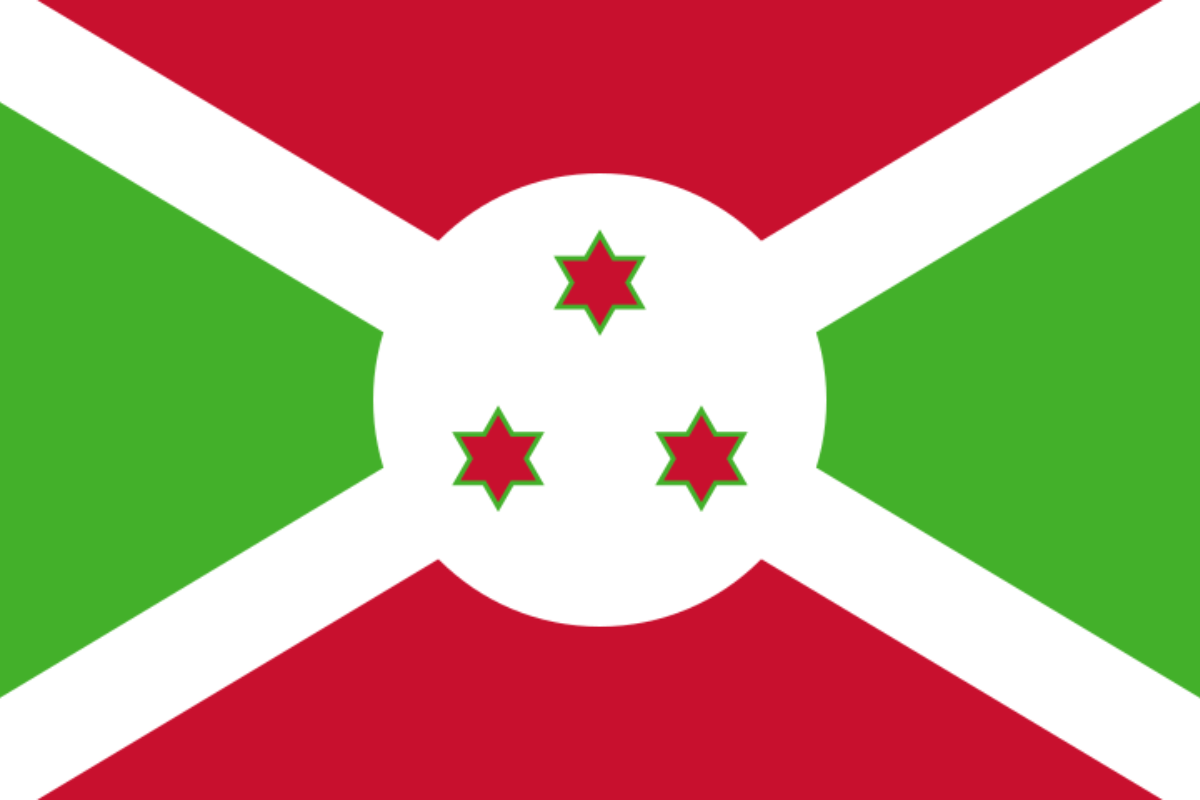The national animal of Burundi is the Transvaal lion. This is a subspecies of lion which is found in many parts of south and east Africa. They are naturally very important symbols in Burundi as well as in many other parts of the world and humanity in general. They embody many ideal Burundian values.
Choosing a national animal can go several ways, but the kinds of power, strength, and courage embodied by apex predators like lions are a natural and common choice.
In Burundi, they are seen by many as embodiments of both the inner life of Burundian tenets as well as of the beauty of the country’s natural landscape.
Let’s find out more.

What is the national animal of Burundi?
The national animal of Burundi is the Transvaal lion.
This is a distinct subspecies of lion, scientifically classified as the Panthera leo melanochaita.
A subspecies simply means that it is still the same species as all other lions, but that there are enough morphological, behavioral or superficial differences to classify it as distinct from other types of the species Panthera leo.
The Transvaal lion tends to have paler fur than other species of lion, though there is a great deal of debate about the validity of the subspecies that are proposed.
This particular subspecies was first described in 1842 by Charles Hamilton Smith, and many other subspecies would go on to be distinguished over the course of the next century and a half.
The Transvaal lion is found in many different parts of Africa today, though their populations have significantly decreased over time for a variety of reasons such as the loss of habitat, illegal hunting and poaching, and the depletion of their prey species.
They are found in countries like Ethiopia, Somalia, Uganda, Kenya and more.
Phylogeographic studies have indicated that lions in these regions, including Burundi, form a major clade distinction from lion populations in the western and central regions of Africa as well as the small lion populations that still endure in Asia.
It may simply be more cogent to say that the lion is the national animal of Burundi.
Lions are vitally important national symbols in many African countries and they are one of the single most significant animals in human culture and imagination in general.
They hunt in large packs and are mostly diurnal, though subspecies like the Transvaal often turn nocturnal due to pressures from humans like hunting and persecution.
Why is the Transvaal lion the national animal of Burundi?
The lion is the national animal of Burundi for a number of different reasons.
There are some simple, central tenets that lions evoke in virtually all people, and certainly, all people in Africa, that have made them very important national symbols.
They embody strength, power, courage, and the force of will; they are the kings of the animal kingdom and among the most successful apex predator in the world.
The striking manes of the male lions are often also a point of fixation for people, symbolizing bounty and plenty in a more abstract way.
On the other hand, though, lions remain graceful and almost dignified in the minds of the people of Burundi.
In this way, they embody raw power and strength as well as grace and delicacy all at the same time.
They are also, of course, seen to embody the natural beauty of the African landscape and of the landscape of Burundi.
The wildlife in this part of the world is enormously diverse and very much intricately bound up with both the culture and daily lives of the people that live there.
There is, also, the question of conservation. Transvaal lions in particular are under great threat, any by making them the national animal, Burundi hopes to bring attention to their plight.
How many Transvaal lions are left?
The total number of Transvaal lions across all the areas they still inhabit have decreased dramatically and there are only estimated to be around 400 left in the wild today.
This makes them critically endangered and still on a path towards extinction if drastic action is not taken.
Estimates, though, do vary, and some figures suggest there may be as many as 2000 total in the wild.
This would still make them endangered, but would be a considerably better starting point than only 400 remaining individuals in the wild.
Are Transvaal lions dangerous?
Transvaal lions are of course extremely dangerous simply in terms of their raw physical power and what they could do to a human being.
On the other hand, though, lions in general prefer not to bother humans and are will avoid human contact where possible.
Given that they are pride animals that live in large groups, they would have a hard time slipping in quietly to any human settlement.
So, you should not try to approach Transvaal lions; I believe that goes without saying!
But they are dangerous in a more immediate sense to the prey that they actually hunt, rather than to human beings.
The future of all lions certainly hangs in the balance, then, and this is another aspect of their place as Burundi’s national animal.
Significant, concerted efforts will need to be made to protect these lions and their place in the world.
In the meantime, though, they will continue to be vital national symbols to Burundi and the people who live there, embodying many important aspects of Burundian life.

